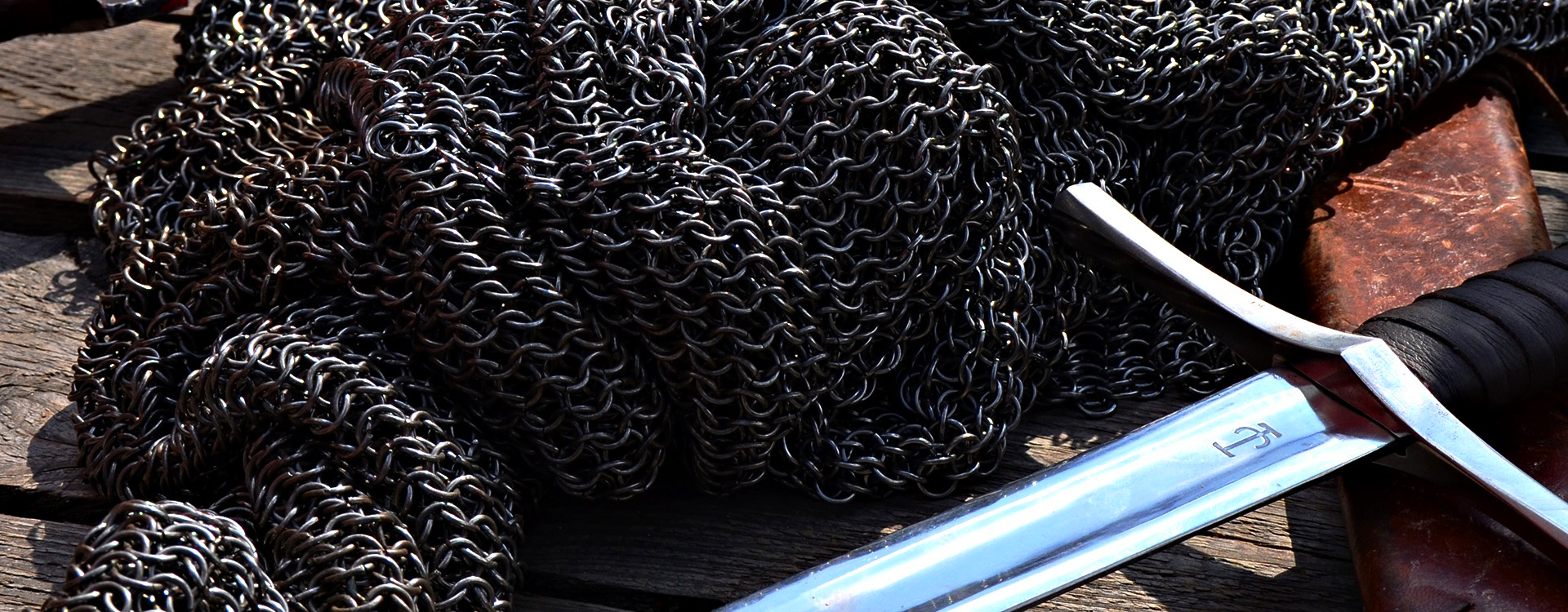War of Vosti Succession
If you must know why we're so annoyed about the current state of affairs, do some reading into the War of Succession. We spent some 70 years fighting to establish clear rules of succession, only for this new lot to toss it in the garbage when it suits them. Our history is a joke to them.The War of Vosti Succession was an intense civil war in The Vosti Empire, starting in 388 BC when Emperor Reon II was deposed, and ending in 319 BC with the ascension of Empress Askila I to the throne. Including those two rulers, 14 separate individuals reigned during the War, with two also reigning twice.
Origins of the Conflict
In the late 390s BC, a terrible plague swept through the Empire, killing hundreds of thousands. Emperor Caliun, in fear for his families safety, had himself and his immediate relatives evacuated from the city of Shonyul, moving to their isolated holiday home. There, the Emperor forbade anyone contact him or his family, in case they brought the plague. In a twist of irony, one of his children had already caught the disease, and spread it to the rest of the family once the gates were closed. The devastation this wrought was not known for many months, until nobles desperate for news hammered on the gates, to be greeted by the surviving attendants. Inside the manor, only two imperials had survived - Caliun's brother Reon Sr, and his son Reon Jr. The delight at there being survivors did not last long, when a meeting with Reon Sr (Now Emperor Reon I) raised suspicions that the contagion had not cleared the imperial estate, and a meeting with a weak Reon Jr led many to believe that even though he had survived the plague, he would not live long.Disputed Succession
Acting on the assumption that the two Reons were unlikely to live through the decade, nobles worked out who was next in line, and came upon a problem. By seniority, the heir would be Princess Sumi, who was Caliun's aunt, due to her being the second child of Emperor Iden III. However, in the history of the Vosti Empire, no woman had ever ruled. This was not due to any official decree - there had simply never been a woman with more seniority at the time of an Emperor's death. Some argued that because there had never been an Empress, and no Emperor had even descended from a female line, that therefore only men could rule. On this basis, the heir would be Count Zaloren, Sumi's nephew through her deceased younger brother. Others argued that many of the Empire's duchies, and sub-divisions thereof, operated on a system of absolute primogeniture, where ones seniority regardless of gender was all that mattered in succession, and therefore the Empire did as well. It is on the basis of this conflict as to which system the Empire operated that the War of Vosti Succession was fought, at least initially.Claimants
Early Stages
As suspected, Emperor Reon I came down with the plague only a few weeks after he was acknowledged as emperor by the nobility, passing away early in 389 BC. His 13 year old son became Emperor Reon II, which caused the issue of who would rule on his behalf until he came of age. In an effort to avoid conflict, his maternal uncle was appointed as regent. This only served to delay the inevitable, as Princess Sumi and Count Zaloren both jostled for influence. This came to a head when Reon II fell ill with a bad cold. Sumi seized her opportunity and waltzed into the imperial palace with no fight, opposed only verbally by allies of Zaloren who attempted to ward her away. In short order, Sumi had arranged for Reon to step down from the throne and move peacefully to a smaller imperial home, and crowned herself Empress Sumi I. Zaloren naturally took objection to this assumption of power, and rallied his forces to overthrow Sumi. Their first battle was a victory for Sumi's Shonyuli forces, as was her second. Their third clash went rather differently, with Zaloren's Harkadians able to ambush and obliterate her army. The tides turned considerably, and Zaloren was soon able to capture Sumi as well as her two sons and grandchildren. While her family was allowed to leave, she was not, being publicly executed. Zaloren then restored Reon II to the throne, acting as a regent for the 16 year old. Even once the boy came of age, Zaloren continued to act as his protector.Harkadian Reign
Under Zaloren's guidance, Reon II's first act as a mature emperor was to formalise rules of succession for the first time in the Empire's history, designating Zaloren as his heir presumptive, and stating that the throne could only be held by male-line descendants. This move secured Zaloren's future throne in the eyes of many, as Reon's ill health all but assured he would bear no heirs, while simultaneously disinheriting by the House of Shonyul and the House of Vunis from the throne. This naturally infuriated the survived members of the Shonyul faction, who still believed that their seniority meant that Sumi's eldest son Woln should be the heir presumptive. The two groups continued to quarrel, with the Vunisi remaining somewhat neutral. Reon II died from a fever in 379 BC, aged only 23, and Zaloren became Emperor Zaloren III. This was unacceptable to Woln, who attacked Zaloren's forced regularly for years, and even managed to throw him out of the capital city of Shonyul in 375. While he promptly declared himself Emperor Woln I, Zaloren remained at large and continued to have significant support throughout the empire, making Woln's claim rather hollow. That changed after Zaloren's cockiness got him captured, when his personally-led forces over-extended and were cut off from the retreat. His younger brother Odevin was charged a significant ransom for his safe return, which Odevin dutifully paid. Woln, however, was never one to keep his word, and Zaloren was released to his Harkadian allies in a dreadful state, passing away mere days after his release in 372. Woln claimed Zaloren had overturned Reon II's male-line succession laws, making him the lawful monarch due to his seniority.Shonyuli Reign
His torture of his cousin did not make him particularly popular amongst commoners, and even infuriated the until-now neutral House of Vunis, prompting some of its members to support the Harkadian claim to the throne, which now fell to Odevin. Their combined armies caused Woln to have to spread his own forces rather thin, as despite the alliance the armies did not always attack as one unit in one place. Despite this setback, Woln I's previous victories left him in a good position to defend his throne. His previous victories also stoked his ego, and he regularly lead his armies personally, leaving his daughter Sumi to handle more domestic affairs. This cockiness, just like that of his predecessor, was his undoing. In an effort to gain further ground against his enemies, he committed to a charge in 367 which ended in the deaths of an entire unit, and himself dying in the dirt under his horse. His daughter was informed of the disastrous turn out, and loyalists quickly had her named Empress Sumi II, to block Odevin from claiming right by conquest. This did not stop him, of course, but by the time he had, Sumi had already begun to make personal arrangements of support amongst the nobility to secure her reign for at least a few years. It would only be a few years, as even with the Vunis-Harkad alliance falling apart, her forces had been left diminished from her father's poor decisions. In 362, after another loss for her forces, Sumi surrendered to Odevin, who granted her mercy and allowed her to live. Odevin, by right of conquest and his male-line descent, became Emperor Odevin I.Middle Stages
The Shonyul faction did not cease its efforts to gain the throne once Sumi was deposed. Her uncle Ferean continued to launch small attacks every so often, as well as rebuilding their forces and regaining the confidence of the Vosti nobility. Furthermore, with the Vunis-Harkad alliance now entirely in shambles, Taris began to gather support of her own. The latter found a great deal of success against Odevin I, though she was rarely able to translate her military victory into tangible results. Odevin I was safe, for now. Until he died of a heart attack in 356 BC, of course. The throne passed to his son, who became Odevin II. The efforts of Taris to claim the throne intensified within weeks of his ascension to the throne, taking advantage of the chaos that the changeover caused. Combined with her previous significant victories, she was able to overwhelm the young Emperor, managing to convince him to surrender peacefully in 354. By right of conquest, she became Empress Taris I - the first Vunisi monarch. Many Harkadians refused to bow to her, as did many Shonyuli, who brought Sumi II back into the fray to reclaim her throne. Despite their efforts, the Vunisi monarchy was secure, so long as Taris' son was half the general she was. The elderly Taris passed in 351 BC, with her son becoming Reon III. He promptly launched into reckless military decisions against the advice of his mother's advisers, whom he would fire for disobedience. Efforts were made to bypass him for his own daughter, Lady Taris, but these are vehemently blocked by the Emperor, to the point of even sending his daughter and infant grand-daughter away from the Imperial Estate. This turned out to be a good call, as his poor decisions left him wide open for an attack from Sumi II, supported by ex-Vunisi supporters, who executed Reon in 350 and reinstated herself as rightful Empress. While some of his immediate family were killed at the same time, his daughter was not, though she was pre-emptively stripped of her peerage by Sumi in order to prevent her from mounting any serious offensive against Shonyuli rule.Sumi II, Restored
With the dust now settled on a brutally quick turnover of rulers, Sumi II set about trying to bring peace back to the Empire, while also defending herself from Harkadian loyalists and the scattered Vunisi supporters. Odevin II's death of a heart attack in 348 threw the plans of allies into chaos, as they switched their efforts from reclaiming his throne (despite him never having actively supported such actions) to protecting his young son from Sumi, who had a proven record of ruthlessness in regards to fellow claimants. With both her rival factions fading in and out of influence over time, especially the Vunisi who largely went into hiding, Sumi reigned over a mostly peaceful Empire for many years, and was the longest reigning Succession monarch. She had numerous children, but none survived to become adults. In her later years, she turned to ensuring that her cousin Woln, and his son Iden, had just as much support in her court as she had. After her death in 334 BC, it became clear she had not entirely succeeded.
Start Date
388 BC
Ending Date
319 BC
Conflict Result
Throne switched hands between the Shonyuli, Vunisi, and Harkadian factions. Ultimately taken by Askila I, who formalised rules of succession to be based on absolute primogeniture
Timeline of Monarchs
Repeating History
As tensions within the Vosti Empire begin to flair up in the modern day, some look towards the War of Succession as the root for some of the discontent. This is only really true for so called Ilnon Loyalists, who support the claim of Marquis Iden of Ilnon to the throne. This schism comes from the abdication of Empress Askila III in 340, with the throne not being given to her son Dalean as expected, but to her adopted son, who became Emperor Brimeon III. For those who support the rule of absolute primogeniture that the War of Succession established, Iden should be Emperor. Even amongst those who care more about the quality of a leader than their bloodline, they have to admit that the adoptive monarchy of recent years has been infuriating. Worst of all, it has created at least three separate factions with hereditary claims to the throne. In a case of bitter irony, one of these factions is the House of Shonyul, led by Duke Hintero.
Gold Crown by Hans
Issue at Heart
Many pages have been spent over the centuries debating whether Odevin I's sudden death in 356 was a death of natural causes, or one of poisoning. Certainly his most prominent rival at the time, his cousin Taris, was not above trying such tactics to get what she wanted, with many mysterious deaths in the Shonyuli and Harkadian forces believed to be her doing. On the other hand, Odevin's father Prince Ferean had also died of sudden heart failure, back in 397 BC. Additional evidence comes in the form of Odevin II, who also died of heart complications in 348. It's quite possible that it simply ran in his branch of the family, though that it never struck the Shonyuli or Vunisi is quite puzzling to some.
Bed by Free-Photos









Comments
Author's Notes